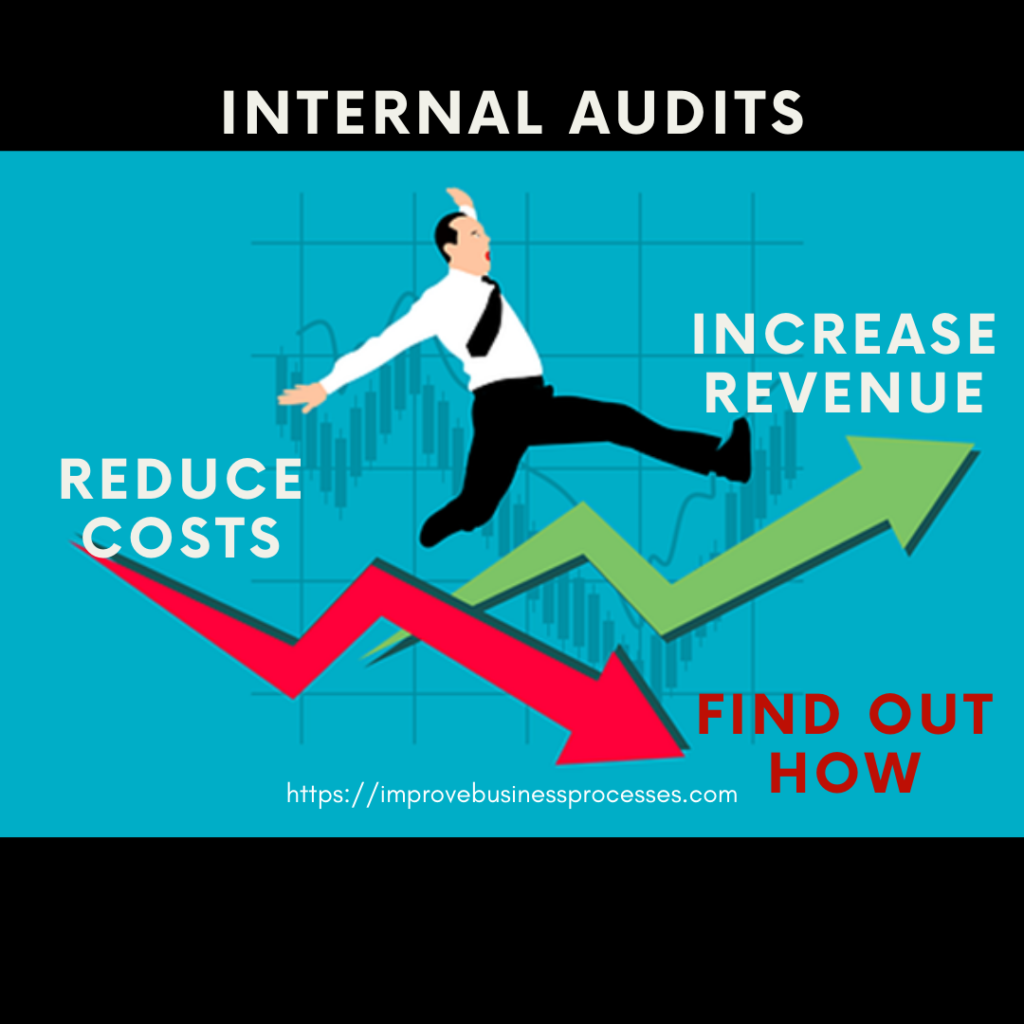The skills that it takes to launch a business are not the same as those needed to grow or fine-tune the business.
Various types of business problems need to be solved to bring about a leveling up especially if the business foundation was not built on visionary systems.
As a small business, have you ever wondered that if you took an extended vacation or fell ill and had to be hospitalized for a while, what would happen to your company?
Could it still run without you? Your business, if properly set up, should be able to run like a well-oiled wheel and function in your absence. Are you keeping up with current business trends?
Unfortunately, there are several underlying problems that prevent businesses from achieving their goals and objectives. 13 common business problems or challenges and their potential solutions are discussed in this article.
Types of Business Problems

For the purpose of this write-up, different types of business problems emanate from 5 areas of the business.
These are business plan related; Roles, responsibilities and accountabilities; Systems and Processes; Information and Records management, and Monitoring and Reviews.
Business Plan Related
1. Not Having a Business Plan
Not having a business plan will ultimately create frustrating and stressful scenarios in various divisions of any business. Look at a business plan as a blueprint of the desired business to be built.
Ideas are just ideas until they are put in the context of a company vision. mission and short and long-term growth plans.
2. Have a Business Plan but Never Refer to It
This problem is just as bad as not having a business plan. A “Set it and Forget it” business plan is of no use to a business. Why? Because it is meant to be a GPS or road map to an “island of success”.
If reference is never made to the business plan, it is easy to get lost! Keep in mind that a business plan is meant to be a living document which should be referenced quarterly, or bi-annually – depending on the nature and size of the business.
Types of Business Problems – Roles, Responsibilities and Accountabilities
3. Inadequately Defined Roles, Responsibilities and Accountabilities
Clearly defining company roles, and assigning responsibilities and accountabilities directly with business systems and business processes ensures that the “buck will always stop at someone’s table” thereby eliminating the “blame game”
4. Independently Functioning Business Areas (Silos)
Many businesses operate along vertical and functional lines. Sometimes this causes responsibilities and accountabilities to overlap.
Assigning responsibilities and accountabilities by aligning them directly with business systems and processes helps to eliminate issues of ownership.
Every core business process should have a single position for accountability to ensure its successful operation.
5. Delegating and Outsourcing
Not delegating tasks to the right individuals, or, outsourcing instead of wasting valuable resources on tasks that can quickly be done by competent personnel or other businesses.
Systems and Processes

6. Systems and Processes are Poorly Defined
To make improvements in a business, it is first necessary to understand its current state of operation. What work (tasks and activities) are being conducted to provide quality service or products to customers.
If the foundation management systems and processes are poorly defined, are overlapping or lack accountability, stressors as bottlenecks, pain points and business chaos will be created in the company.
Developing appropriate systems and streamlining and optimizing processes will create greater efficiencies and effectiveness.
7. Areas of The Customer Delivery Process Allow for Subjectivity
The customer delivery process should encompass execution of tasks that together deliver specified products and services to a customer (external or internal).
When this not clearly defined, having areas where subjectivity may be applied, waste as re-work and rejects will be the outcome accompanied by a poor customer journey experience. Again, clear definition of these processes is essential.
8. Hiring and Onboarding Processes are Flawed
In this case, there is high employee turnover and attrition. When employees without the necessary competencies, or who are the right fit for the company are engaged, they will not stay.
They will also not stay if structured systems and processes are not in place and disorganization and confusion are the order of the day!
9. Poor Communication
Whenever communication lacks clarity, either to the employees or coming from or to the customer, confusion, poor employee morale, and customer dissatisfaction are the fallout.
Conversely, order, high employee morale and customer satisfaction occur with improved communication processes and techniques.
Information and Records Management
10. Poor Data and Document Management
A value stream is typically initiated by a data input. Additional information is generated as it moves through systems and processes to deliver its output.
Unfortunately, flawed, and inaccurate data used from the onset is the ultimate cause of significant rework, wasted time and effort commonly encountered in many businesses.
Furthermore, uncontrolled operational documents create inconsistency in the delivery process resulting in waste, poor customer satisfaction, and a poor customer journey experience.
Types of Business Problems – Monitoring and Reviews
11. Inadequate Performance Metrics
Appropriate and meaningful performance metrics are not used, thereby creating bottlenecks in decision-making. Random metrics should never be selected for use.
Monitor input and outputs of systems and processes using appropriate metrics. Only monitor what is relevant and important to your business by identifying what measure will show whether each goal you have set has been achieved.
This can be determined by understanding the purpose of every business system and process and measuring the effectiveness of that system or process.

12. Infrequent Internal Audits Cause Different Types of Business Problems
Many small businesses get into a state of frustration because of not quickly conducting internal audits to identify process bottlenecks, quality, safety, or other inefficiencies so these can be quickly corrected.
Just as a business plan serves as a GPS, similarly, internal audits help to highlight areas for continuous improvement.
13. Absence of Regular Monthly / Quarterly / Annual Reviews
Not conducting necessary monthly, quarterly, and annual reviews mean that internal bottlenecks cannot be quickly resolved.
Furthermore, celebration of wins, and opportunities for continuous improvement are delayed. These affect both employee morale and customer delivery.
Opportunities for continuous improvement are lost by not regularly getting feedback from customers about products and services they receive.
Conclusion
The types of business problems encountered by most businesses (small businesses include) fall into 5 categories.
Awareness of these 13 common business problems, and methodically seeking to address them will bring sustainable improvements to a business.
To read more on this topic refer to How to Restore Control To Your Business
Need assistance with Business planning and eliminating business chaos?
References
Small Business Administration (SBA). Write your Business Plan https://www.sba.gov/starting-business/write-your-business-plan

